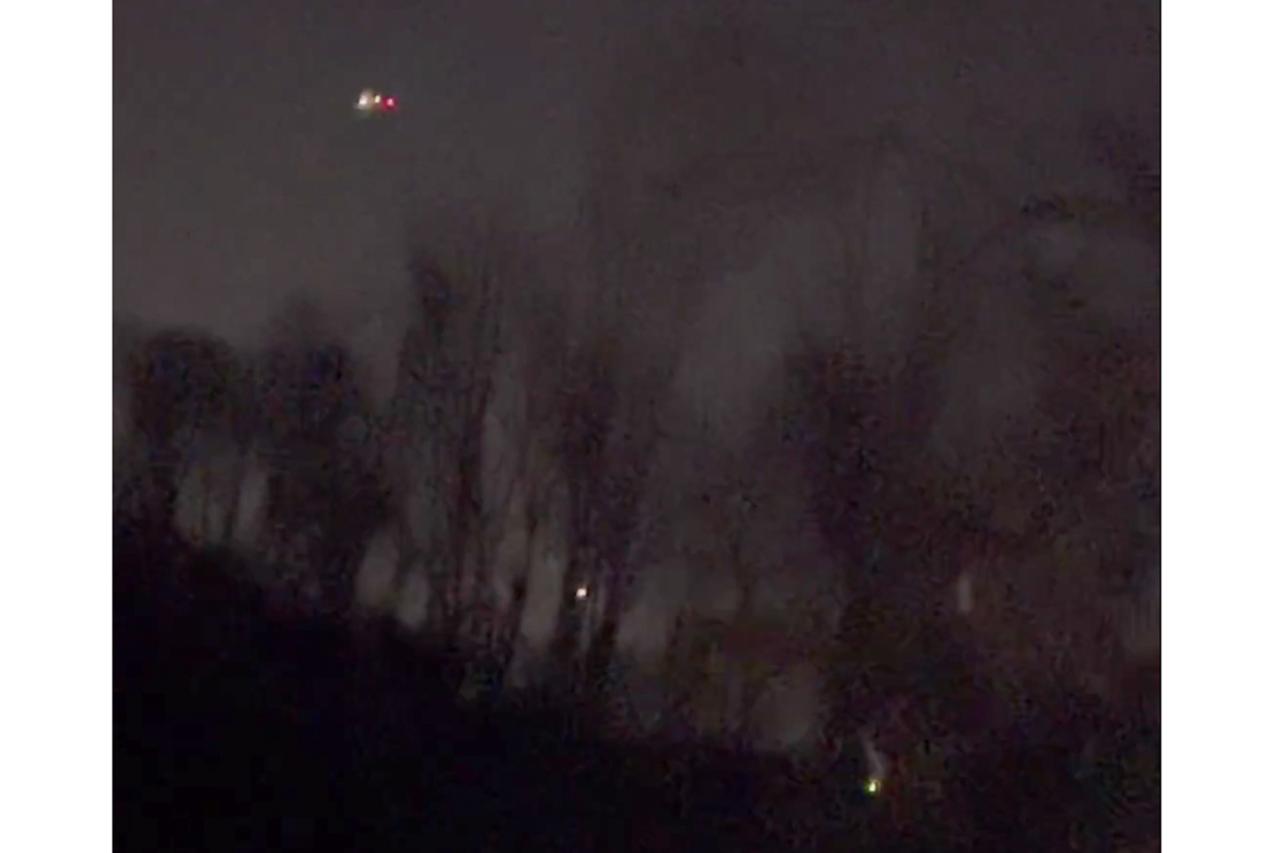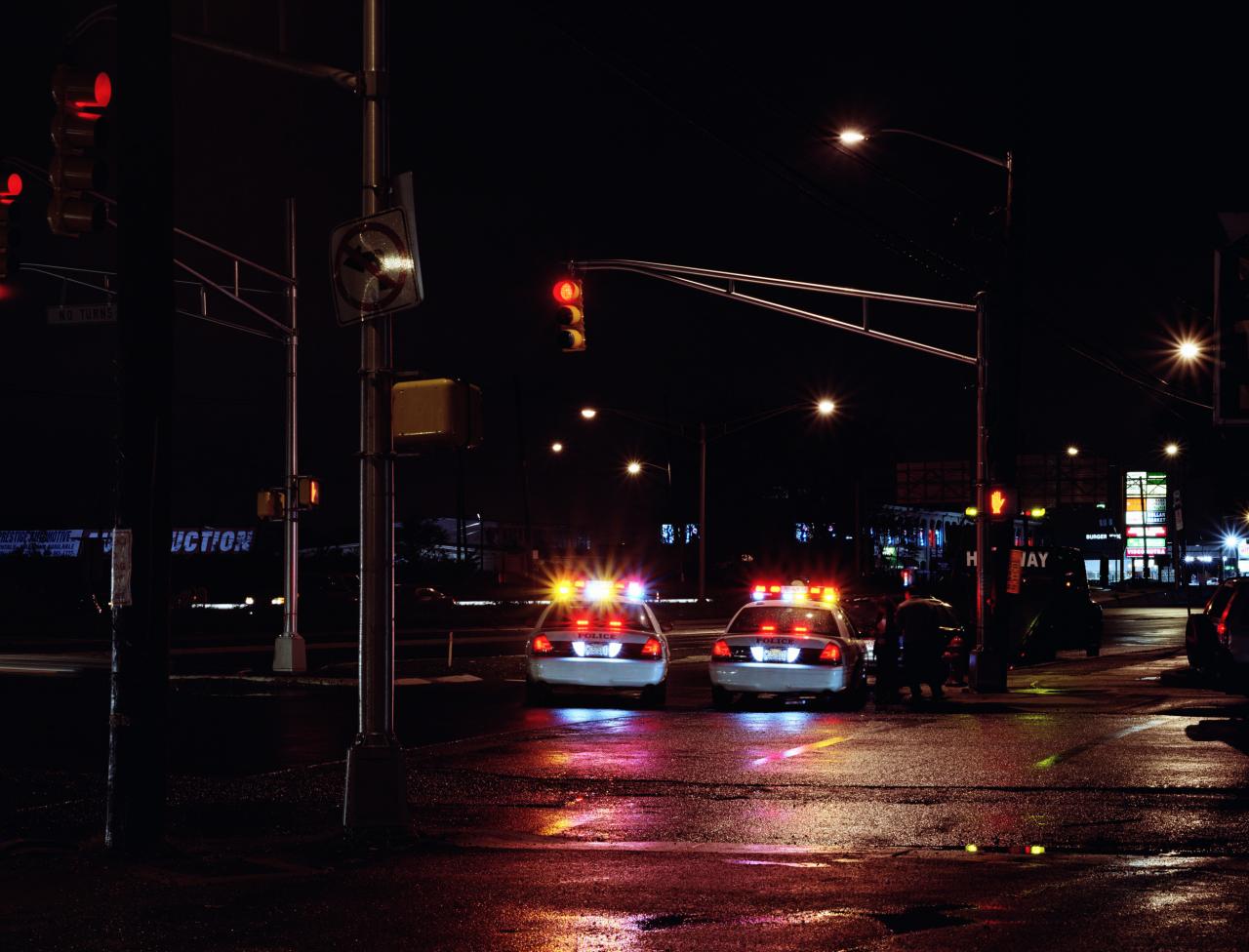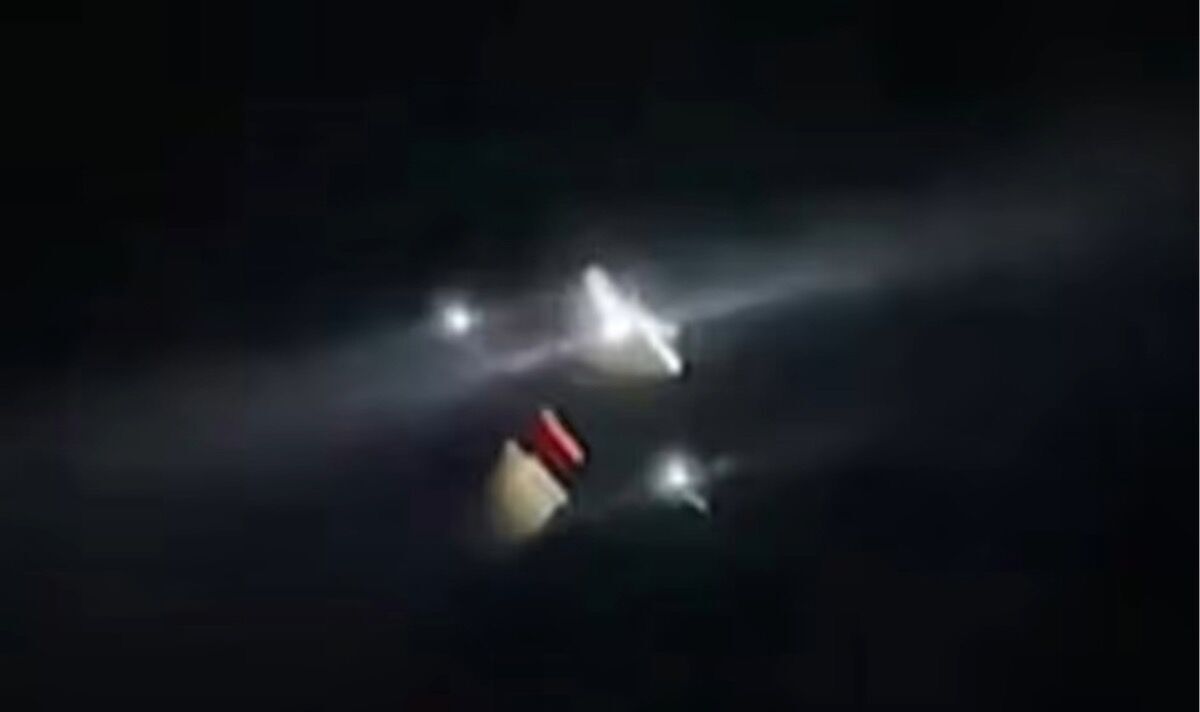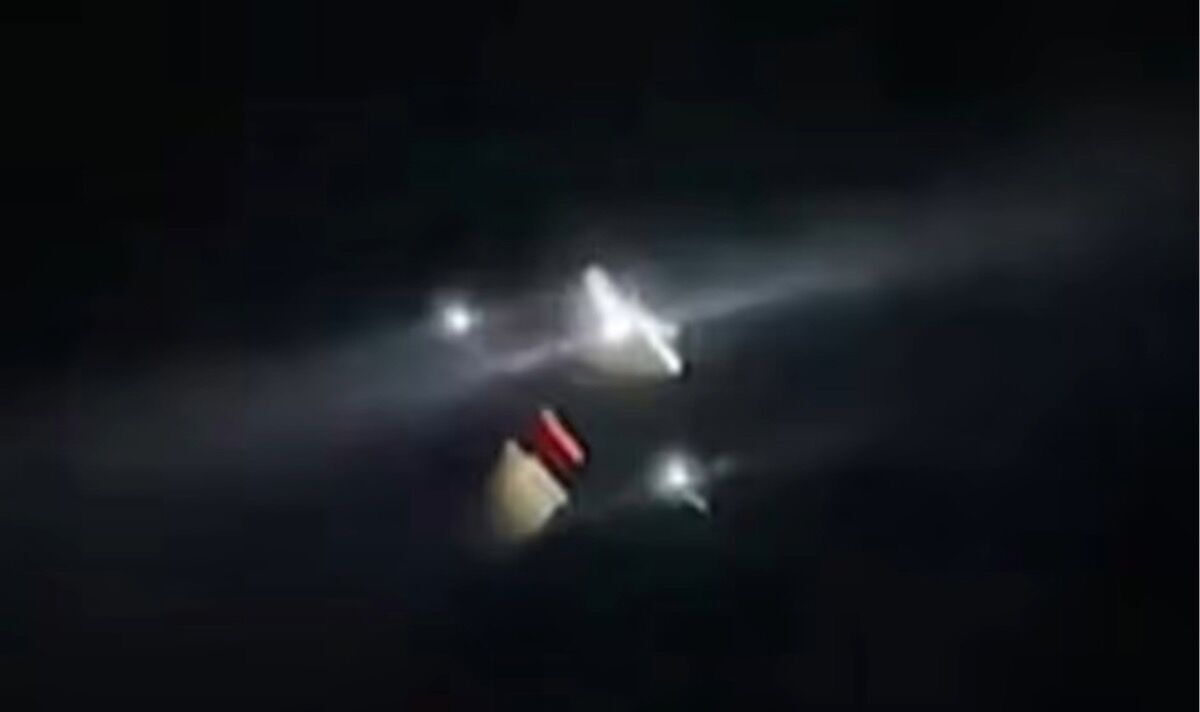NJ drone shot down – the headline itself sparks immediate questions. This incident, unfolding in the skies above New Jersey, raises crucial concerns about drone regulations, public safety, and the evolving technological landscape. The event highlights the complex interplay between technological advancement, legal frameworks, and the potential for misuse. We will explore the circumstances surrounding the shooting, the legal ramifications for all parties involved, and the broader implications for drone technology and its regulation.
This investigation will delve into the specifics of the drone involved, its capabilities, and its intended purpose, as well as examining the actions of law enforcement and the drone operator. We will also analyze the public’s reaction, the media’s coverage, and the ongoing debate surrounding drone technology and its future impact on society.
The recent incident of a drone being shot down in New Jersey highlights the increasing concerns surrounding unauthorized drone activity. Understanding the capabilities of various drones is crucial, and researching models like the black falcon 4k drone canada can help illustrate the technology involved. This underscores the need for stricter regulations and public awareness regarding responsible drone operation to prevent future incidents like the New Jersey drone shooting.
New Jersey Drone Incident: A Comprehensive Analysis
The recent incident involving a downed drone in New Jersey highlights the growing complexities surrounding unmanned aerial vehicle (UAV) operation, raising concerns about public safety, legal frameworks, and technological advancements in drone detection and countermeasures. This analysis delves into the specifics of the event, exploring its legal, technological, and societal implications.
Incident Details: The Downed Drone
The incident involved a DJI Mavic 3 drone, known for its high-resolution camera and advanced flight capabilities, reportedly being flown near a sensitive area in New Jersey. While the exact location remains undisclosed for security reasons, initial reports suggest the drone was operating without proper authorization, potentially violating airspace restrictions. The timeline of events began with the drone’s unauthorized flight, followed by its detection by law enforcement, and culminating in its being shot down.
Key players involved include the drone operator (whose identity is still under investigation), law enforcement personnel who responded to the incident, and potential witnesses in the vicinity. The investigation is ongoing, aiming to determine the operator’s intentions and whether any laws were broken.
Legal and Regulatory Ramifications, Nj drone shot down

The legal ramifications of the incident are complex and depend on several factors, including the drone operator’s intent, the location of the drone’s operation, and the justification for shooting it down. Federal regulations, such as those Artikeld by the Federal Aviation Administration (FAA), govern drone operation in US airspace, including requirements for registration, licensing, and adherence to airspace restrictions. New Jersey state laws may also impose additional restrictions.
Shooting down a drone without proper authorization could result in legal repercussions for the shooter, potentially including charges of property damage or even more serious offenses depending on the circumstances. The drone operator, if identified, could face penalties for violating FAA regulations, potentially including fines or suspension of operating privileges. This case can be compared to previous incidents where unauthorized drone flights near airports or other sensitive locations led to legal action against the operators.
Similar cases have set precedents for the severity of penalties and the legal interpretations of relevant regulations.
Public Safety and Security Concerns
Unauthorized drone operations pose significant public safety and security risks. Drones can be used to carry contraband, conduct surveillance, or even cause physical harm if misused. Near sensitive locations like airports, power plants, or military installations, unauthorized drones present an especially serious threat. Law enforcement agencies have implemented response protocols to address such threats, ranging from visual identification and tracking to deploying drone detection and jamming technologies.
Enhanced security measures, such as improved airspace monitoring systems and more stringent drone registration requirements, could help prevent future incidents. A hypothetical scenario, for example, could involve a drone carrying hazardous materials flying near a populated area; a rapid and coordinated response by law enforcement, utilizing drone detection and interception technology, is crucial to mitigate the risk.
Technological Aspects and Countermeasures

Several technologies are used to detect and neutralize rogue drones. These include radar systems, radio frequency (RF) detection, optical sensors, and even specialized software that can identify unauthorized drones based on their flight patterns and signal characteristics. Law enforcement agencies often employ techniques such as tracing the drone’s signal back to its source to identify the operator. Existing and emerging drone detection and countermeasure systems are constantly evolving to keep pace with the advancements in drone technology.
The recent incident of a drone being shot down in New Jersey highlights the increasing need for advanced air traffic management systems. This incident underscores the importance of companies like archer aviation , developing safe and reliable eVTOL aircraft, to navigate increasingly complex airspace. Ultimately, ensuring the safe integration of drones and other aerial vehicles remains a crucial challenge in the wake of such events.
These systems range from simple visual detection to sophisticated AI-powered systems capable of autonomous identification and neutralization.
| Technology | Strengths | Weaknesses | Cost |
|---|---|---|---|
| Radar | Long range, can detect through obstacles | Can be affected by weather, relatively expensive | High |
| RF Detection | Can identify specific drone models and operators | Limited range, susceptible to interference | Medium |
| Optical Sensors | Relatively inexpensive, easy to deploy | Limited range, affected by weather and lighting | Low |
| AI-powered Systems | High accuracy, can autonomously identify and neutralize threats | Expensive, requires significant computing power | High |
Public Perception and Media Coverage
Public reaction to the incident was mixed, with some expressing concern about the potential misuse of drones and others questioning the appropriateness of shooting the drone down. Media coverage varied, with some outlets focusing on the security risks posed by unauthorized drones and others highlighting concerns about potential violations of privacy and civil liberties. Social media played a significant role in disseminating information and shaping public opinion, often amplifying both factual reports and unsubstantiated claims.
Potential biases in media coverage, such as sensationalizing the event or focusing on specific angles, could affect public understanding and perception of drone technology and its implications. A hypothetical news report would prioritize factual accuracy, avoiding speculation and presenting a balanced account of the event, including statements from law enforcement, potential witnesses, and drone experts.
Drone Technology and its Implications

Modern drone technology offers a wide range of capabilities, from high-resolution imaging and aerial surveillance to precision agriculture and package delivery. The widespread use of drones presents both benefits and drawbacks. While drones can increase efficiency and provide valuable services, they also raise ethical considerations regarding privacy, security, and potential misuse. Responsible drone usage involves adhering to all regulations, operating safely and responsibly, and being mindful of the potential impact on others.
Irresponsible drone use, such as flying near airports or over private property without permission, can lead to accidents, legal penalties, and damage to public trust. For instance, a drone delivering medical supplies to a remote area demonstrates responsible use, while a drone used for unauthorized surveillance represents irresponsible use with potentially serious consequences.
The shooting down of a drone in New Jersey serves as a stark reminder of the evolving challenges posed by unmanned aerial vehicles. Understanding the legal, technological, and societal implications of this incident is crucial for establishing robust regulatory frameworks and ensuring responsible drone operation. Moving forward, a balanced approach that fosters innovation while mitigating risks is essential to harness the benefits of drone technology while safeguarding public safety and security.
Questions Often Asked: Nj Drone Shot Down
Who shot down the drone?
This information will depend on the specifics of the actual incident. The investigation will likely reveal the identity of the person or entity responsible.
What were the damages?
The extent of damage will vary depending on the drone’s size, the force of the impact, and the location where it was shot down. It could range from minimal damage to complete destruction.
What type of drone was it?
The specific model and capabilities of the drone will be revealed through the investigation.
Are there any ongoing investigations?
Following such an incident, a thorough investigation is likely, involving law enforcement and potentially regulatory agencies.
